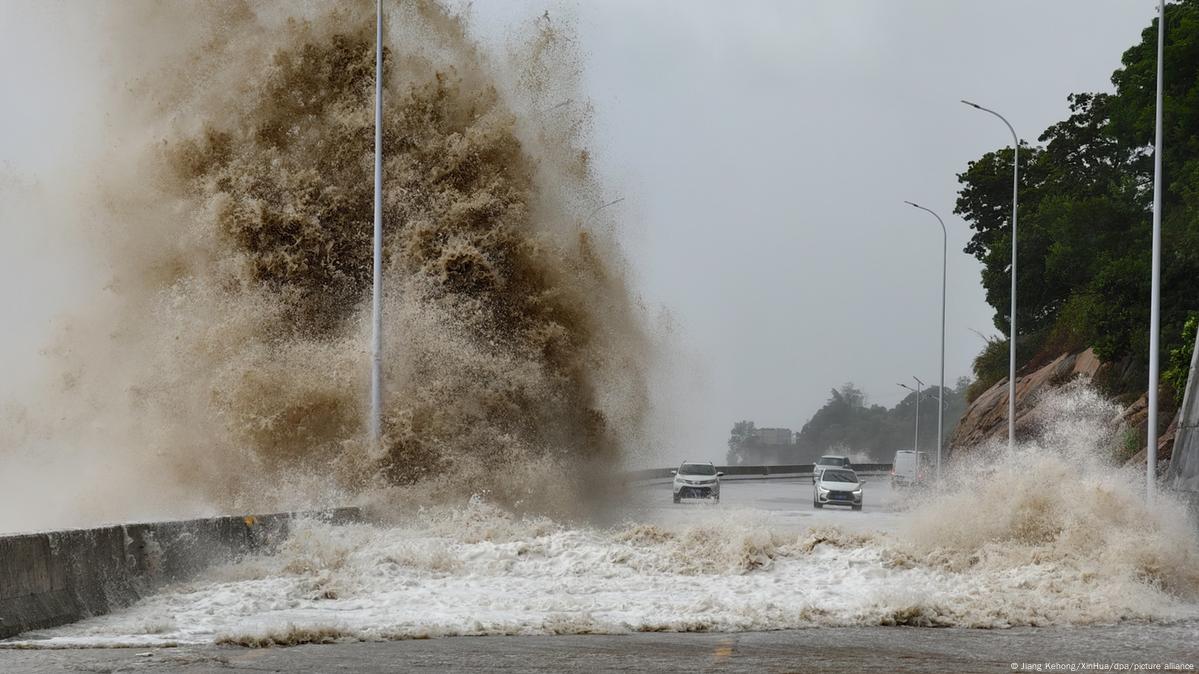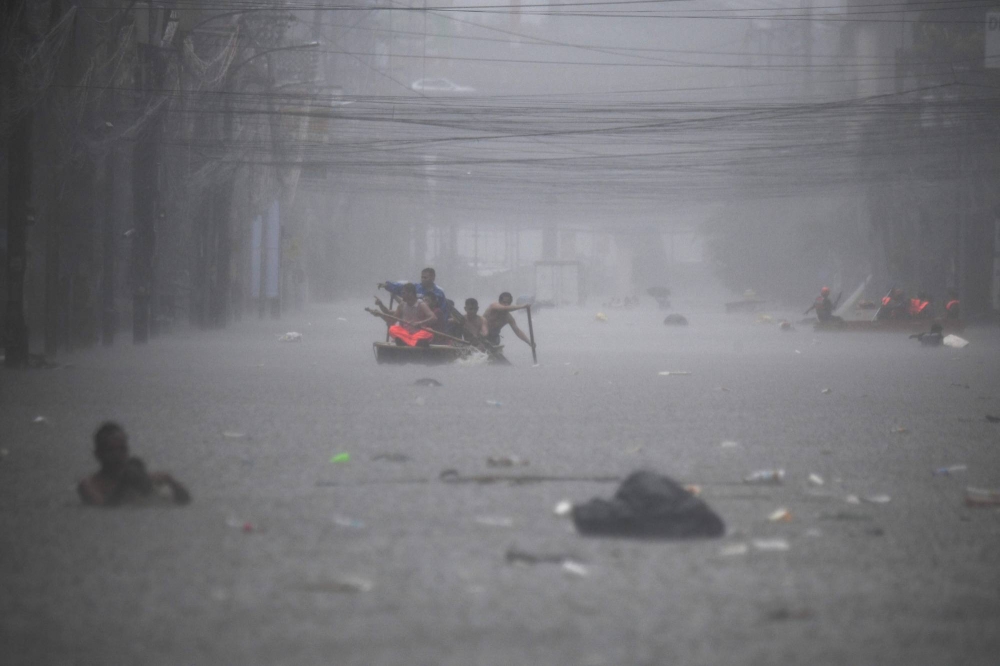
Typhoon Gaemi has already wreaked havoc in Taiwan and the Philippines, claiming at least 15 lives. Now, China is on high alert, preparing for the storm’s impact.
Typhoon Gaemi Hits China: What You Need to Know
Unleashing Destruction: The Path of Typhoon Gaemi
Typhoon Gaemi made landfall in China’s Fujian Province on Thursday night, after leaving a trail of devastation in Taiwan and the Philippines. With reported wind speeds of around 73 miles per hour, Gaemi brought torrential rain and the threat of significant flooding to the region.
Immediate Response: Evacuations and Shutdowns
The local government in Fujian took swift action, shutting down schools and nonessential businesses. By Friday morning, over 290,000 people had been evacuated to safety. The Quanzhou International Airport canceled more than 160 flights due to the severe weather conditions.
Comparing Gaemi’s Fury: Taiwan and China
When Typhoon Gaemi slammed into Taiwan on Wednesday, it packed winds equivalent to a Category 3 hurricane. By the time it reached China, its intensity had slightly decreased, but it still posed a serious threat. Taiwan reported seven fatalities, one person missing, and 785 injuries as a result of the storm.
The Aftermath in Taiwan
Central and southern Taiwan experienced severe flooding, landslides, and blocked railways and highways. The heavy rainfall led to the sinking of a Tanzanian cargo ship near Kaohsiung and a tanker carrying fuel oil off the coast of the Philippines.
China’s Preparedness: A National Effort
China’s leader, Xi Jinping, held a meeting with the top decision-making body on Thursday to coordinate flood prevention and disaster relief efforts. The Chinese authorities urged caution despite the storm weakening, as Gaemi is forecasted to travel north across more than a dozen provinces.

Flooding and Rainfall: A Growing Concern
Some weather stations in Fujian reported more than 1.6 feet of rainfall since Wednesday. Forecasters predict that other parts of China could receive up to 2.6 feet of rain, exacerbating the risk of flooding in an already waterlogged region.
Addressing Real Concerns: What Can You Do?
Protecting Yourself and Your Property
- Stay Informed: Keep updated with weather forecasts and alerts.
- Prepare Emergency Kits: Include essentials like water, food, and medical supplies.
- Secure Your Home: Ensure windows and doors are properly secured and move valuable items to higher ground.
- Evacuate If Necessary: Follow local government instructions regarding evacuation.
Relatable Stories: Real Impact on Lives
Chen Wei’s Story: In Fujian, Chen Wei, a local shop owner, had to close his business and evacuate with his family. “We’ve seen floods before, but this is different. The storm is stronger, and we’re taking no chances,” he said.
Liu Mei’s Experience: In Taiwan, Liu Mei recounted the chaos when the landslides hit. “It was terrifying. The roads were blocked, and we couldn’t get to the hospital. We’re just grateful to be alive,” she shared.

The Bigger Picture: Climate Change and Typhoons
Understanding the Frequency and Intensity
Typhoon Gaemi is a stark reminder of the growing impact of climate change on weather patterns. Warmer sea temperatures contribute to the formation of more intense storms, making regions like Southeast Asia more vulnerable.
Long-Term Solutions: Building Resilience
- Invest in Infrastructure: Enhance flood defenses and drainage systems.
- Promote Sustainable Practices: Reduce carbon emissions to mitigate climate change.
- Community Awareness: Educate communities on disaster preparedness and response.
Conclusion: Staying Safe During Typhoon Gaemi
As Typhoon Gaemi continues its path through China, staying informed and prepared is crucial. The storm has already shown its devastating potential in Taiwan and the Philippines. By taking proactive measures, you can protect yourself and your loved ones from the impending threat of flooding and heavy rainfall.



